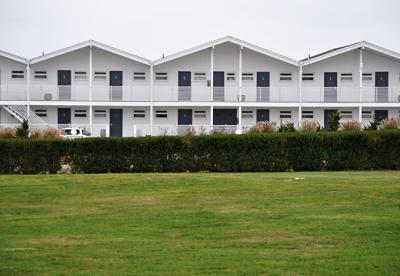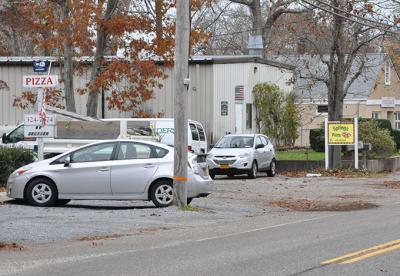Pushing Out Citizen Advisers?
Pushing Out Citizen Advisers?
A Southampton Town Board proposal on how the town’s citizens advisory committees operate drew harsh criticism from the Bridgehampton Citizens Advisory Committee at a meeting Monday night. The committees, appointed volunteers who represent the hamlets, have frequently opposed development projects.
The proposed new rules are intended to limit the committees to commenting on matters before the town board rather than on land use issues before the planning board and the zoning board of appeals.
“The board doesn’t interfere with the other boards, so it doesn’t make sense for the C.A.C.s to weigh in as a body, as individuals sure, but not as a body,” said Jay Schneiderman, the Southampton Town supervisor, at the board’s Nov. 1 meeting. Mr. Schneiderman also said C.A.C.s should avoid partisan politics. Committee members should be “advising the town board, not deciding who should be on it,” he said.
But Pamela Harwood, the Bridgehampton committee chairwoman, said the consensus among members of C.A.C.s throughout town was that the proposal seemed to be a form of retribution for the opposition the groups have mounted against projects such as the expansion of T.J. Maxx, a chain store, at Bridgehampton Commons. “Since there have been so many overdevelopment issues and the citizens have been so vocal, many people see this as an attempt to stifle our feedback,” she said. “This does feel like a total shutdown,” Nancy Walter-Yvertes, another C.A.C. member, said.
The proposal lays out guidelines on everything from the number of members appointed to the advisory committees to the way their meetings should be conducted.
Tommy John Schiavoni, a town board member who attended Monday’s Bridgehampton C.A.C. meeting, said that since the groups are an extension of the town board, it was a legal and ethical question whether they should be allowed to exert influence on officials making land-use decisions.
“If we’re not encouraged to comment directly on planning and zoning cases that are before these boards, I think you can kiss the C.A.C.s goodbye,” said Peter Wilson, another longtime member. “Frankly, 99 percent of the reason people get involved in these things is because of what is going on in terms of development.”
Ms. Harwood said the town board had not included any of the committee chairs in the process of writing the new rules and that the proposal would leave the groups without clear purpose. “Everybody agrees that the big stuff going on in Southampton Town is all about zoning and planning and development and, minus that, what are we going to give feedback about?” she asked.
The conversation then turned to whether it might be better for the Bridgehampton C.A.C. to reorganize as a civic association, which would mean it no longer had ties to or oversight by government and would therefore be able to advocate freely.
“As a civic group, we’ll be able to raise money, and have lawyers show up to speak at every single town meeting, is that really what you want?” Peter Feder asked Mr. Schiavoni, who turned the question around and asked if that was what the Bridgehampton C.A.C. wanted. Mr. Feder replied, “If you’re going to limit what we can comment on and how we can interact then I would say, ‘What do we have to lose?’ ”
A town board vote on the proposal had been scheduled for Nov. 13, but it was pushed to Dec. 11 after Marlene Haresign, a member of the Water Mill C.A.C., also objected to being prevented from weighing in on land use. “We’ve never had anyone challenge the fact that we review site plans and offer concerns,” she said. “We’ve done it for 20 years and no one’s ever questioned it.”
Julie Lofstad, the board member who sponsored the proposal, said the intent was not to silence citizens groups or inhibit their participation. She promised that even if the new rules were put in place she would make sure the C.A.C.s continued to receive site plans and pertinent information from the planning and zoning boards.






